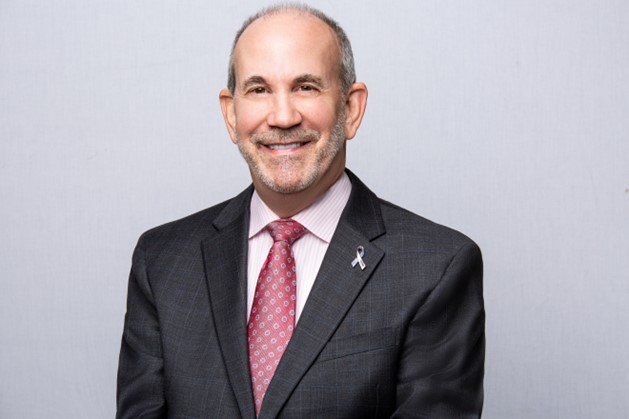The world of human resources changed dramatically after the pandemic. We’ve dealt with shutdowns, quiet quitting, quiet hiring, and far more as a result. We’re seeing trends in the aesthetics industry across the country that are certainly different from before. In case you think you’re alone, you’re not.
RECESSION PANIC
Practices are figuring out the balance between being in full swing with plans to expand and handling a recession that could cause a decrease in client appointments and increase the potential need for layoffs.
Taking the lessons from the last recession in 2008, this is the time to solidify your protocols, systems for rebooking clients, membership program offerings, and autopay, evaluating every expense in your practice and reviewing every contract you are currently engaged in. Perform a strong profit and loss statement analysis. Getting your financial affairs in order now will better prepare you for a downturn.
How does this match up with human resources? The first fear is often layoffs. Don’t fall into that trap; your strong team members should be the last to go. Still, make sure that each hiring decision is based on clean financial projections with multiple what if scenarios. Do the homework ahead of time.
GETTING GHOSTED
After posting a job description and help wanted ad online, it is common to receive an influx of resumes that have nothing to do with your posted position, or no applications at all. This could be due to the law of supply and demand being in full force with more positions open than strong candidates to fill them. People are applying for jobs they know they are unqualified for, not reading the descriptions to the fullest, and, if you aren’t quick to respond to the candidate during every point in the interview process, then another equally amazing opportunity with another practice may beat you to the punch.
Get crystal clear with the job description, including daily and weekly duties, experience needs, rate of pay, and benefits. Note that in some states, this is becoming a law. In addition, make sure that you get back to strong candidates as soon as possible to avoid losing them to another practice that acts quicker.
THREE-WEEK NOTICE
While several hypotheses can be the reason for the three-week trend, the same average timeline is present in practices across the country. To combat this, make sure you aren’t overselling the position during job postings and the interview process. Be honest about the pay range for the position, whether the hours are flexible, the level of stress and workload expected out of the position, and the current workplace environment. If a new team member is hired and realizes there was any misrepresentation, they will leave.
Remember, team members have more options for positions than in 2020, and if they are unsatisfied, they will walk. Practices often hype up the job and accept far less than when it comes to qualifying for the positions. In addition, undertraining and improper initial onboarding also results in new team members feeling overwhelmed and quitting for another job.
MENTAL HEALTH MATTERS
The past three years have done a doozy on the mental health of our society. Your team members are not exempt from the struggles the rest of the world has faced. More time off requests and illnesses have resulted from this.
Remember that legally, you cannot screen for mental health issues or ask questions regarding your current or prospective team members’ physical or mental health. You can ask them if they have any concerns about meeting the hours needed for employment. However, this is where the term quiet hiring has come into play; businesses are looking at how they can increase coverage when someone calls out of work or needs to decrease their hours. In addition, ensure your team has the proper time off to decompress. The days of only giving team members the bare minimum in terms of paid time off are long gone. When your team members are granted time off, remember to respect that they are out of the office. Allowing them that downtime is key to allowing them to recharge. Finally, if an outsourced human resources specialist needs to be integrated to assist your team members in conflict resolution, consider this as an additional solution.
The pandemic and fear of a looming recession have made spa ownership and hiring team members more challenging. It is important to be forthright with prospective employees and offer fair treatment to attract quality help long-term.

Jay A. Shorr is the CEO and founder of Shorr Solutions, a national award-winning consulting firm assisting aesthetics practices with their operational, administrative, and financial health. Shorr served as the vice president of operations and practice administrator for a leading board-certified dermatologist and cosmetic surgeon in South Florida and has previously held partnerships in two leading South Florida plastic surgery centers. A veteran in the conference lecture circuit, Shorr serves as an adjunct faculty member at Florida Atlantic University, teaching a medical business management course. He is also a contributing author for the American IV Association.